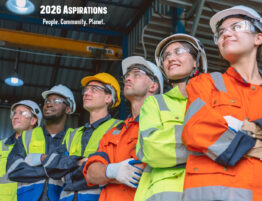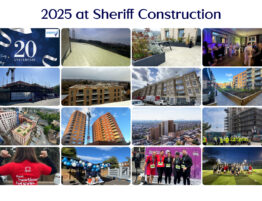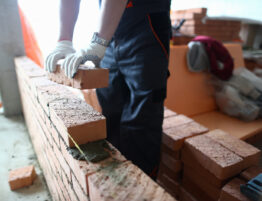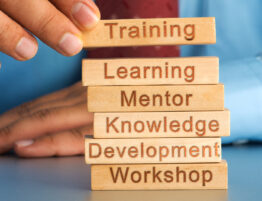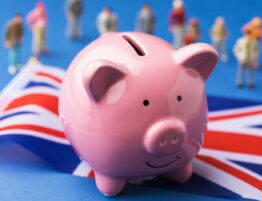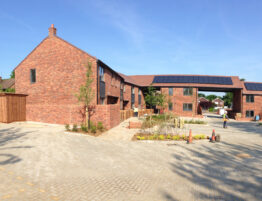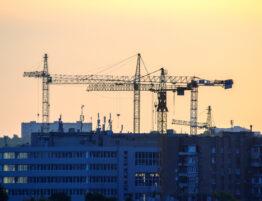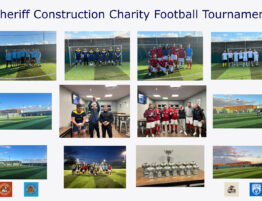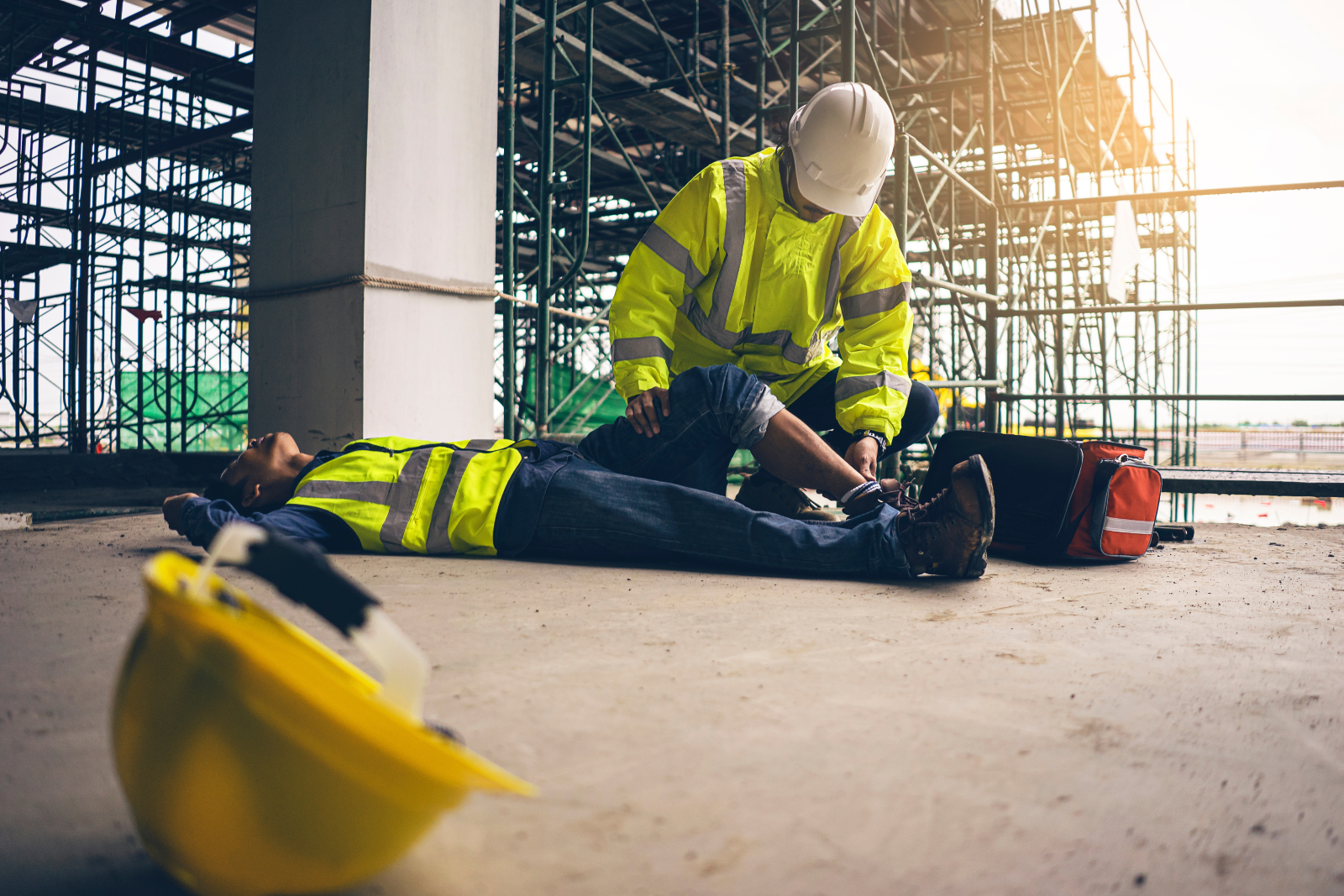
Slips, trips, and falls are among the most common causes of injuries in the construction industry in the UK. These accidents often lead to serious and/ or permanent injuries and even fatalities.
Understanding the causes, implementing effective prevention strategies and knowing how to respond when an accident does occur is crucial for ensuring the safety of all construction workers. Find out more about this critical issue in this week’s ‘Focus on Safety’ blog.
Thousands of injuries every year
According to the Health and Safety Executive, slips, trips and falls are the most common cause of major injuries in UK workplaces. In the construction industry, several thousand workers are injured each year due to such accidents, with around 1000 of these involving someone fracturing bones or dislocating joints. In addition to the physical harm caused to the individuals concerned, another consequence can be significant financial costs for employers due to lost workdays and compensation claims.
The good news is that most of these incidents can be avoided by the effective management of working areas and access routes, such as stairwells, corridors, footpaths and site cabins.
Common causes
On a busy construction site, there are many potential hazards associated with slips, trips and falls. Here are some of the most common and what you can do to reduce the chances of an accident occurring:
- Uneven surfaces: Construction sites often have uneven ground, which can cause workers to lose their balance and fall. Properly marked walkways and well-maintained surfaces can help mitigate this risk.
- Obstacles: Tools, materials, and debris left in walkways can create tripping hazards. Good housekeeping practices, such as keeping work areas tidy and planning deliveries to minimise clutter, are essential.
- Trailing cables: Electrical cables and hoses can easily become tripping hazards if not managed properly. Using cordless tools where possible and running cables at high levels can reduce these risks.
- Wet or slippery surfaces: Rain, spills, and other liquids can make surfaces slippery. Treating these areas with grit or providing temporary coverings, along with appropriate signage, can prevent slips and falls.
- Changes in level: Unexpected changes in floor levels, such as steps or ramps, can cause trips. Clearly marking these changes and ensuring they are well-lit can help workers navigate safely.
Key prevention strategies
On most construction sites, the prevention of slips, trips and falls comes down to effective housekeeping. Everyone needs to take responsibility for maintaining a clean and orderly site, including making sure materials are safely stored and waste is regularly removed.
Signage and lighting also play a vital role as, by clearly marking hazardous areas and ensuring there is adequate lighting, potential dangers to workers can be avoided.
Other preventative actions include making sure that workers are given training and regular safety briefings about the hazards; checking that PPE is in good condition (e.g. footwear has a good grip); and encouraging everyone to report hazards as soon as they see them.
In the event of an injury
If a colleague suffers a fall from a significant height, call 999 immediately. Do not move them as this can make any injuries worse or cause new injuries. However, do see if there’s anything you can do to make them comfortable (e.g. by covering them so that they stay warm).
If someone falls, slips or trips from a shorter height, make sure they do not try to get up too quickly. Once they can, they should move slowly to a suitable resting place and be checked by a First Aider. Ensure they take some time out before carrying on with duties.
See it, sort it
Slips, trips, and falls remain a significant challenge for the UK construction industry. However, with proper management, training, and preventive measures, the risks can be greatly reduced. Ensuring the safety of construction workers not only protects their wellbeing but also enhances productivity and reduces costs for employers.
Involving the workforce is crucial in helping to identify problem areas, increase the reporting of ‘near misses’ and make the site as safe as possible. Everyone can contribute to reducing slips, trips and falls so, remember when it comes to hazards of any kind – if you see it, sort it!
Do you have any further advice for preventing slips, trips and falls? Let us know by commenting over on our Facebook or LinkedIn pages.
03.09.2024
Feature image: MEImage/Shutterstock.com

